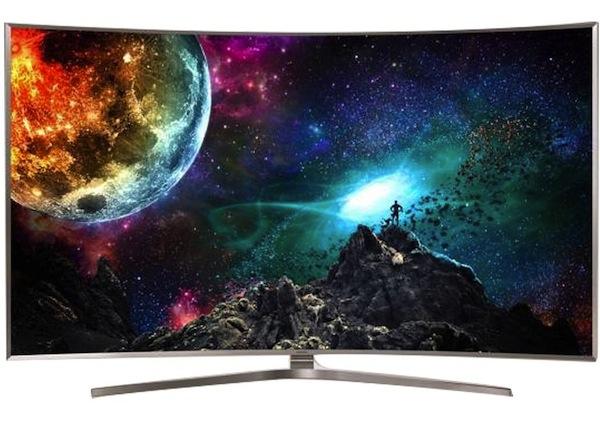I understand setting standards well ahead, but this seems to be a bit much.
Can LCD and OLED TVs Display Rec. 2020 Color?

Q The Rec. 2020 color gamut is the future of TV—the standard was set years ago and has been included in the specification for Ultra HD Blu-ray. Even so, UHDTVs have been around for a few years yet none can display the Rec. 2020 color gamut. Why? Are we one day going to see Rec. 2020-capable LCD and OLED TVs, or is it true that only laser projectors are capable of reproducing that gamut? —Karim Genio / Algeria, North Africa
A It’s fair to say Rec. 2020 color is part of TV’s future—its inclusion in the specifications for the forthcoming Ultra HD Blu-ray format reinforces that inevitability. The reason it’s not a feature found in current 4K/Ultra HDTVs is that TV manufacturers haven’t figured out how to implement it—yet.
At present, displays capable of handling a Rec. 2020 color gamut are limited to the professional digital theater projectors that use laser light engines. For example, a Christie Digital projector with dual RGB laser heads was recently used to screen Pixar’s Inside Out with Rec. 2020 color at select Dolby Vision HDR-equipped theaters. Sony also showed a 4K laser projector at the CEDIA 2015 show in Dallas that it says is Rec. 2020 color space-compatible. You’ll be able to pick up that model, the VPL-W5000ES, in spring 2016 for a mere $60,000.
While we wait on more affordable Rec. 2020-capable TV options, Chinese manufacturers HiSense and TCL have been actively demonstrating sets with Quantum Dot technology (from 3M and QD, respectively) that they claim are capable of displaying over 90% of the Rec. 2020 color gamut. So things are getting closer.
In the meantime, Samsung, Sony, LG, Panasonic and Vizio all offer “wide color gamut” flat-panel UHDTVs that exceed HDTV’s Rec. 709 color spec and are capable of covering most or all of the P3 color space used for Digital Cinema releases. Which isn't bad: Though Rec. 2020 color is the ultimate target of the Ultra HD Blu-ray spec, content encoded in the DCI-P3 color space—via discs and streaming services such as Netflix and Amazon Instant—is likely to comprise the bulk of better-than-Rec. 709 color options over the next few years.
- Log in or register to post comments




































































